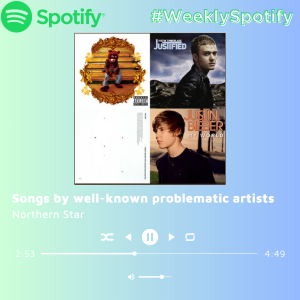As far as social networking sites go, Twitter is bottom of the barrel
January 14, 2009
The social networking site Twitter is proof that you can sell anything that appeals to people’s narcissism.
To reference Douglas Adams’ book, “The Restaurant at the End of the Universe,” Twitter makes it even easier to find out “everything you never wanted to know about [your friends] but have been forced to find out.”
Ever wanted to inform everyone you know that you had scrambled eggs for breakfast today, the license plate number of the person who cut you off on your commute to work, or that you spent 30 minutes fussing over the omission of Louis Armstrong from Rolling Stone’s “Top 100 vocalists of all time” list?
Now you can, thanks to Twitter!
Twitter debuted in early 2006 and introduced the world to a noble concept called “micro-blogging,” which annoyingly combined a contraction word with another contraction word, that could be implemented within a social networking program.
Twitter sells itself on the premise that a person can easily update what they are doing at any given moment to let anyone who might, and probably does not, care.
Let’s face it people: our lives are mostly boring and nobody really cares what color socks we wore today. If they do, they probably should seek counseling.
With the exception of the handful of professional blogs that appeal to a wide audience (i.e. DIGG.com), your personal blog is all about you. It’s like having a public diary. That’s fine, there’s nothing wrong with sharing the details of your life with other people.
The Web site promotes itself on the premise that other people are interested in what you’re doing when it’s actually appealing to your personal desire to let other people know what you’re doing. It’s clutter like this that takes away from relevant uses of the program.
For example, a news organization using Twitter to update information as quickly as possible about a natural disaster is a very useful application of the technology.
Relevant uses, however, make up only a small portion of the Twitter traffic. It’s like going on YouTube to find a recording of a live performance of your favorite musician but having to sift through dozens of videos featuring amateurs playing the song on a guitar with time-warped lip-synching on a webcam.
Do we really want all this clutter jammed down our throats?







